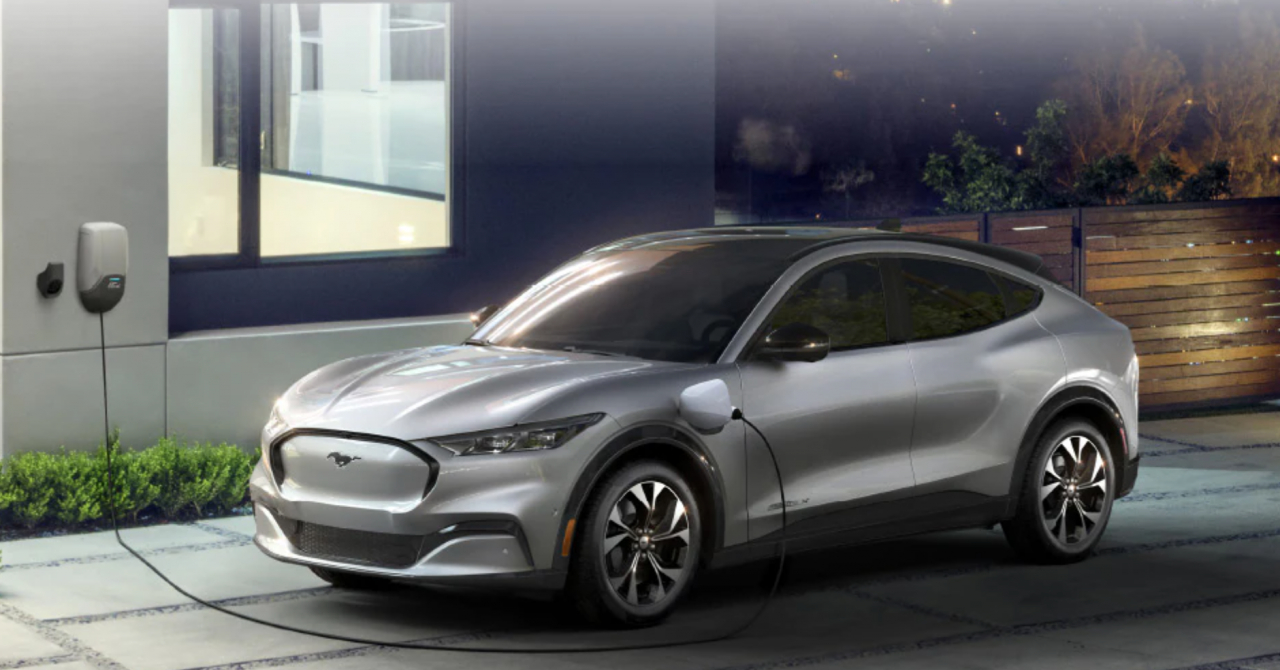“Ford Model e will be Ford’s center of innovation and growth, a team of the world’s best software, electrical and automotive talent turned loose to create truly incredible electric vehicles and digital experiences for new generations of Ford customers”, Ford President and CEO Jim Farley said.
Ford Model e and Ford Blue will be run as distinct businesses, but also support each other – as well as Ford Pro, which is dedicated to delivering a one-stop shop for commercial and government customers with a range of conventional and electric vehicles and a full suite of software, charging, financing, services and support on Ford and non-Ford products. Ford Model e and Ford Blue will also support Ford Drive mobility.
Ford Model e will:
- Attract and retain the best software, engineering, design and UX talent and perfect new technologies and concepts that can be applied across the Ford enterprise;
- Embrace a clean-sheet approach to designing, launching and scaling breakthrough, high-volume electric and connected products and services for retail, commercial and shared mobility;
- Develop the key technologies and capabilities – such as EV platforms, batteries, e-motors, inverters, charging and recycling – to create ground-up, breakthrough electric vehicles; and
- Create the software platforms and fully networked vehicle architectures to support delightful, always-on and ever-improving vehicles and experiences.
At the same time, Ford reaffirms guidance for 2022 of $11.5 billion to $12.5 billion in company adjusted EBIT. The high end of the range equates to a margin of 8% which, if achieved, would be one year earlier than the company’s previous target.
With these changes announced today, Ford is raising its longer-term operating and financial targets, including:
- Company adjusted EBIT margin of 10% by 2026, a 270-basis-point increase over 2021– driven by higher volumes, improvement in the cost of EVs, and a significant decline in ICE structural costs of up to $3 billion
- More than 2 million electric vehicles produced annually by 2026, representing about one-third of Ford’s global volume, rising to half by 2030, capturing with EVs the same, or even greater, market shares in vehicle segments where Ford already leads
- In addition, Ford expects to spend $5 billion on EVs in 2022, including capital expenditures, expense and direct investments, a two-fold increase over 2021
Ford reiterated its commitment to achieve carbon neutrality by 2050, and to use 100% local, renewable electricity in all of its manufacturing operations by 2035.
 Oana Coșman
Oana Coșman












Any thoughts?